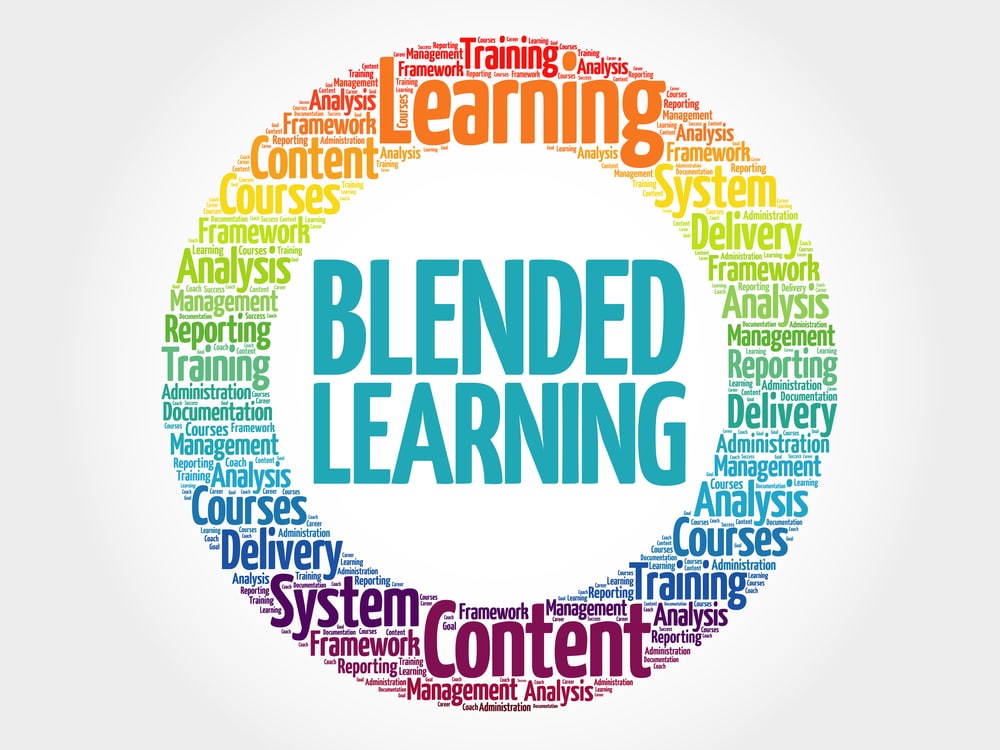Blended learning is widely regarded as a method of education in which students learn via a combination of electronic and online media as well as traditional face-to-face teaching.
While it has been around as a concept and an educational method for some time, it is only really now in light of Covid-19 that blended learning has become a term familiar to everyone’s ear as it is set to become a part of every student’s experience in some shape or form.
Ultimately, the goal of blended learning is to provide students with a richer learning experience integrating face-to-face and online learning components.
While there has been much written on the virtues and worth of blended education as a learning tool, there has also been some valuable research undertaken on the challenges the education industry faces integrating blended learning as a mode of education (RA Rasheed. Computers & Education.Volume 144, January 2020 provided important findings).
Over the course of a series of articles, we will map out the challenges that exist in the online element of blended learning for
- students
- teachers
- educational institutions
In Part one we take a look at the challenges facing students experiencing the online element of blended learning.
Self-regulation
For many students, a major challenge when it comes to the online component of blended learning is self-regulation. The autonomy of learning at one’s own pace and the flexibility that a lot of online learning allows often has the negative knock-on effect on a student who struggles to properly organize and manage their studies away from of face-to-face learning. Procrastination, bad time-management, limited preparation before class are some of the self-regulation challenges students can face.
Technology
A knowledge and competency of technology is embedded into modern education. The necessary skills to successfully use master these materials depends on the individual’s literacy and competency level. One disadvantage to the online part of the blended learning model is the lack of literacy some students suffer from around the use of technology for learning. As a result, in some cases, students can feel intimidated by technology and learning a new technology can often be a significant challenge faced by students, especially by adult students. Another challenge faced by blended learning students is dealing with different online user interfaces utilized in universities and learning institutions. It can be particularly challenging to get to grips with a variety of hardware and software and operating systems in an online environment. It is more challenging for some than others. Not everyone is ‘technologically born’ equally.
Isolation
Many activities that come with face-to-face classes involve positive social interaction. That aspect of learning is removed in the online element part of blended learning. This can prove to be a big challenge for students and can lead to lack of motivation, alienation and isolation. Students may experience higher levels of discomfort and anxiety carrying out online study activities in isolation. For some students an inability to engage or connect in an online environment can lead to exclusion and feelings of isolation and alienation.
Accessibility
Blended learning requires students to have access to technology – both hardware and software, whether provided by themselves or by their educational institution. This can provide its own particular set of challenges as not all students have equal access and technological support. Students can face problems with low bandwidth and slow processing speed in the online element of their blended learning experience. They may also be dealing with outdated technology and surveys have noted student’s experiencing technical difficulties when completing assignments.
Complexity
Students often come up against the challenge of managing new and often complex technologies installed by their educational institutions for online activities. Studies have shown that students can often spend a significant amount of time on learning how to use these technologies. This can prove quite challenging for many students and there is the interwoven pressure to master the technology. In other cases students become overly enthused, and they become engaged to the point of distraction with the technology being employed which results in them dedicating their attention to the technology of the online learning environment rather than the learning carried on it.
Finally, students can face challenges adapting to long videos for learning and online content has been described as being “bulky, cumbersome and too much to digest”. Poorly produced and overly long lectures can be problematic for a student learning online as part of his/her blended learning journey.
Next up in Part Two we take a look at the challenges that exist in the online element of blended learning for teachers.












Comments